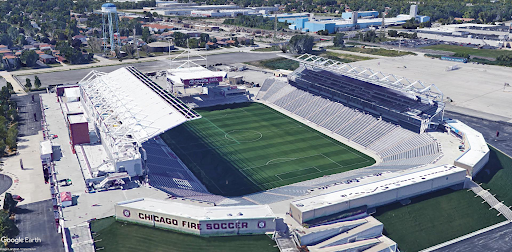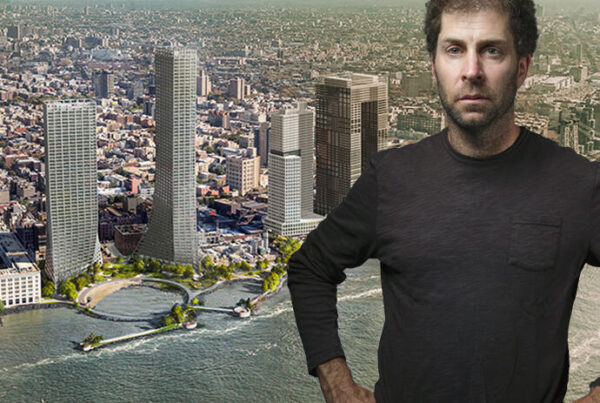Much discussion has taken place in recent years about the do’s and don’ts of design for development of mixed-use projects, but the global pandemic has changed the ballgame. In a concurrent session at the 2021 ULI Virtual Spring Meeting, experts at CallisonRTKL (CRTKL) and industry-leading voices explored the rules to break when designing for a new consumer mind-set. Retail mixed-use owners and retailers can implement strategies to engage customers and encourage them to create their own experience that goes far beyond shopping, panelists said.
It is no longer enough to just adapt, said Sarah Wicker, director of research at CRTKL. “The future is about anticipating users’ wants and needs and understanding the experiences that are universally loved,” she said. “There is no one-size-fits-all model anymore, and the connection with consumers is not prescriptive.”
COVID-19 has created a rise in “generation expectation,” she said, particularly when it comes to online shopping. People are spoiled by choice and demand convenience and personalization—a situation that has become a way of life, leading to increased blending of live, work, and play. One message CRTKL has for clients is that retail is no longer just about shopping; it is the connective tissue that brings places to life and makes them more human. With that in mind, the panel explored what they dubbed three breakable rules.
Breakable rule number 1: One size fits most
The population should not be segmented into arbitrary buckets based on age, gender, or marital status, Wicker said. Instead, the future will be localized, personalized, and age agnostic, and mind-set should be considered over demographics. The business case is clear, she said: customization not only leads to a closer connection to consumers, but also leads to greater spending.
Panelists highlighted case studies of innovative ways to engage the consumer, including the Nike SNKRS app, which provides exclusive “phygital” access and a unique scavenger hunt; the Rose & Loon mall site in Minneapolis, where artisans craft the products sold and hold workshops in the store; and REI’s use of the tagline “Outdoors For All” when connecting communities in Chicago and Washington, D.C.
“I think we’ve found for the past few years that our clients are looking for ways to blur the distinction between public space and private space,” said Jeff Gunning, retail mixed-use practice lead for CRTKL–United States. “They want the public to feel invited in. . . . With the COVID impact, that desire is even stronger now, with people wanting to be around other people. We’re going to see a lot of pent-up demand.”
Breakable rule number 2: Follow my LEED
The real estate industry should go beyond the Leadership in Energy and Environmental Design (LEED) rating system, Wicker said, asserting that consumers in the future will expect a holistic focus on the well-being of people and the planet. “It goes beyond just checking a box of things for sustainability, but really diving deeper into what your responsibility is as someone who is developing and designing,” she said.
Five dimensions of well-being were discussed—physical, mental, social, emotional, and environmental. Building design will be crucial in providing this well-being, and great leaps forward have already been made in projects around the world, including biophilic design, sensory design, and adaptation of use for people.
Examples of innovative projects included RXR Realty’s Nassau Hub Master Development in Uniondale, New York, which has a wellness overlay that affects the design of the entire project, including a rooftop garden on the mixed-use development; Stella McCartney’s flagship store in London, which claims to have the cleanest air in the city; and a Starbucks “signing store” in Guangzhou, China, an example of inclusivity through its focus on the deaf and hard-of-hearing communities.
CRTKL has produced a primer on “happiness by design” that looks at meaning, vitality, freedom, engagement, and delight in a place, helping the industry measure how people become happier by spending time in a specific space. Will Voegele, executive vice president and chief development officer at Macerich, believes that in addition to looking at metrics, the key is getting people together in a room—“understanding those things that resonate so that we can build places and spaces and program them in ways that speak to the community, that speak to our customer, that speak to our residents, that speak to our office users,” he said. “That’s at the core of how we are looking at things.”
Breakable rule No. 3: It’s all about live/work/play
The third breakable rule discussed by the panel was that the emphasis in retail should be creating places where people want to live, work, and play. Instead, the future will move from mixed use to blended use, they said. This means that mixes will blend both horizontally and vertically, and single-use buildings will be something of the past. Wicker believes that the mixed-use formula needs to evolve to avoid going the same way as the shopping mall 20 years ago.
“In the past, there have been four key uses—retail, residential, hotel, and office—and now those uses are being blended into alternative types of uses,” she said. Education, wellness, medical services, cultural amenities, sports, community space, and other services are all examples of uses that are now being integrated into places suitable for a user’s lifestyle.
A recent project that has blended uses is RXR Realty’s 75 Rockefeller Plaza in New York City, which has gone from being office only to incorporating restaurants, AirBNB, WeWork, Convene, and other tenants. A Westmount development in Houston provides an example of the direction mixed use is going, Gunning said. “It’s a combination of outdoor space, which is bigger than it used to be, that becomes a focal point, . . . and then each use existing within that and encouraging people to move from one use to another throughout the course of a day,” he said.
The panel concluded the session by discussing the shifts that they see in the market and what will be important in the area of design.
“Parking is key—how we do what we do and accommodate parking, but more importantly, breaking some of the rules of how people look at parking,” said Voegele. “The world is changing and the way we are using the automobile is changing. That means that these fields of parking that are inside the ring road are not necessarily being used as they were intended, and they represent great opportunities.”


